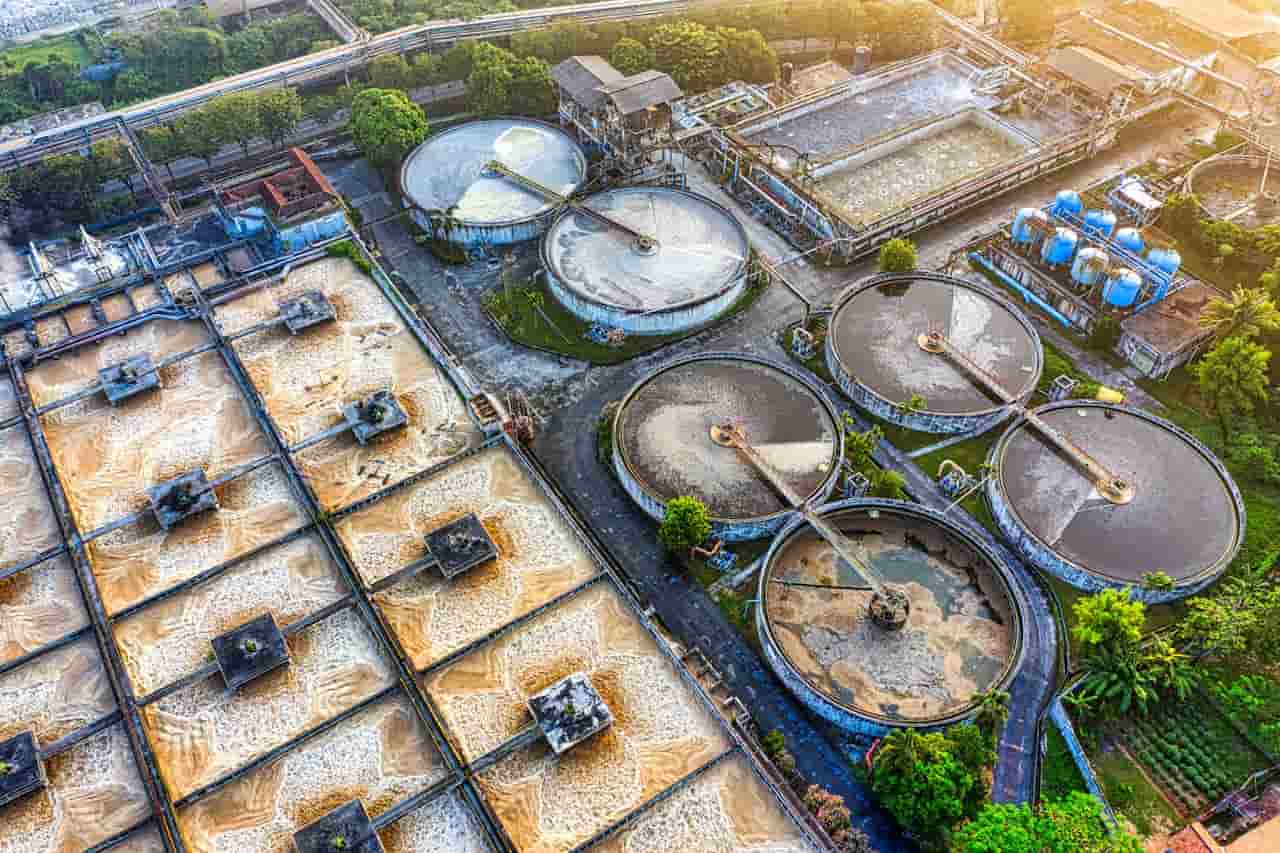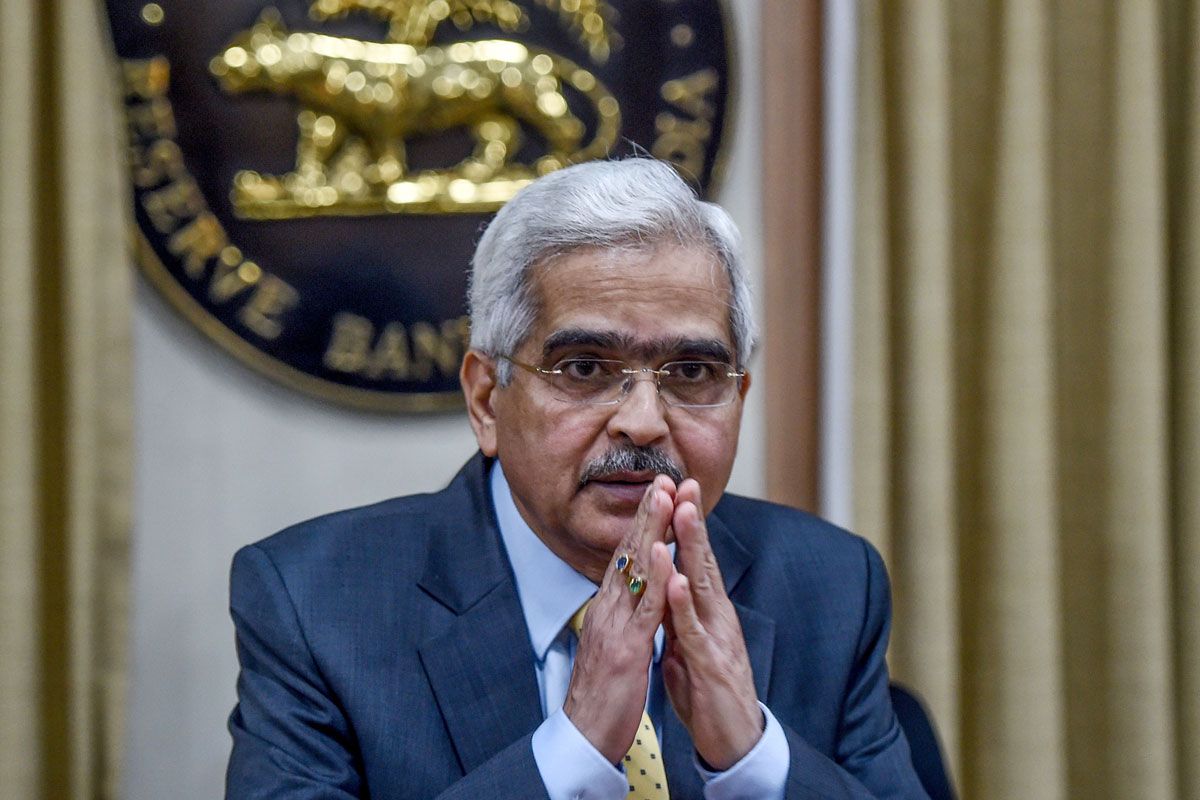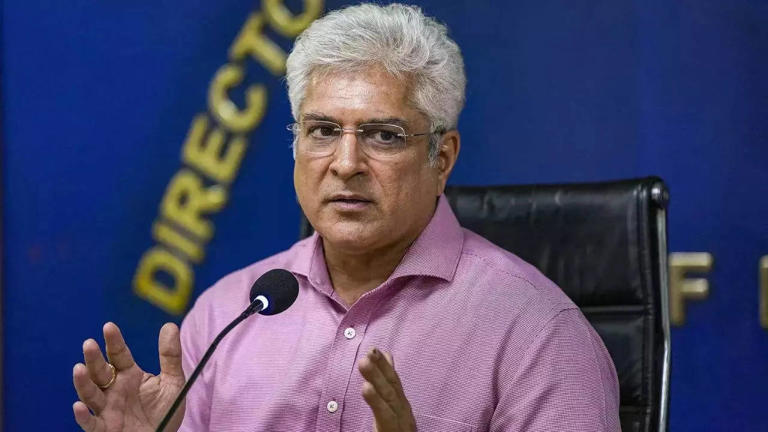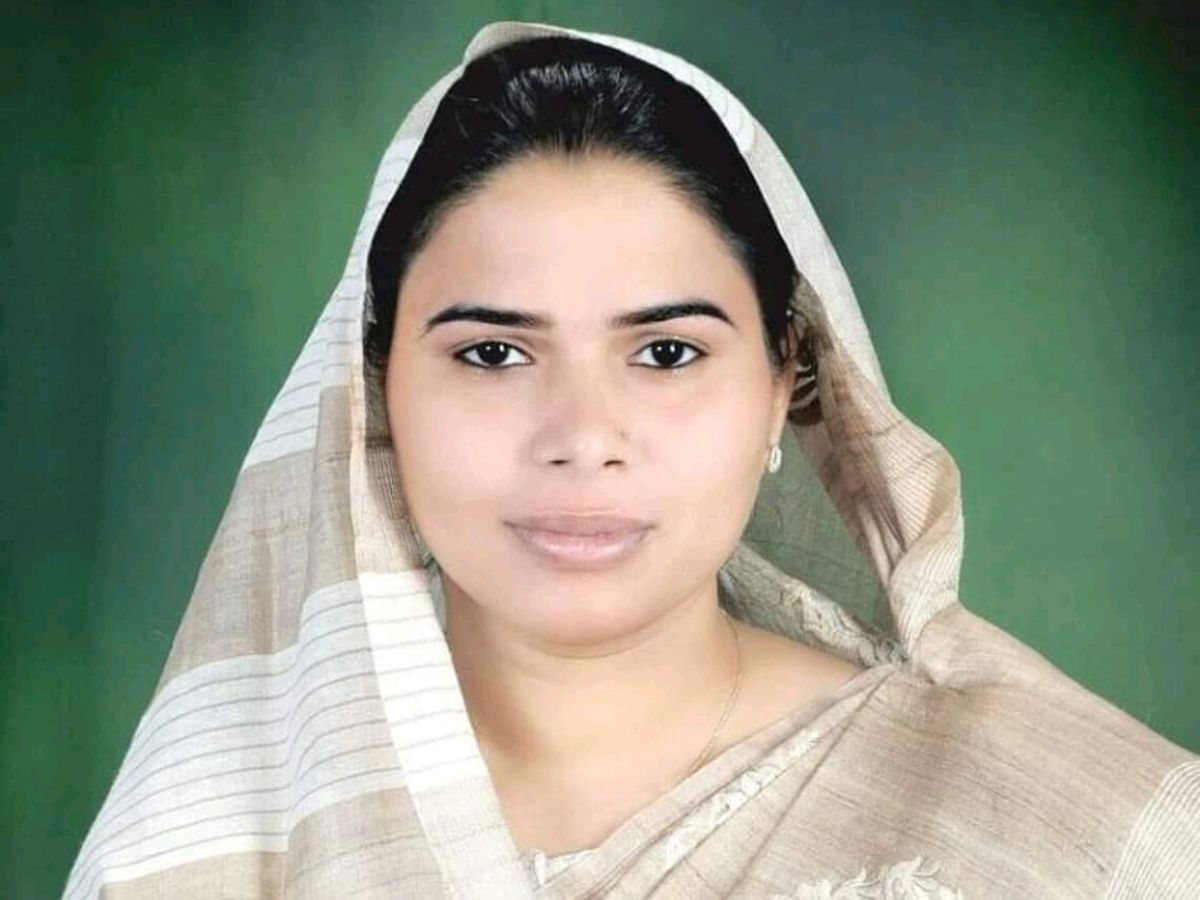Home / karnataka / The Bahmani Dynasty: The Rise of Bidar and Its Arc
The Bahmani Dynasty: The Rise of Bidar and Its Arc
By: My India Times
3 minutes read 97Updated At: 2024-11-08
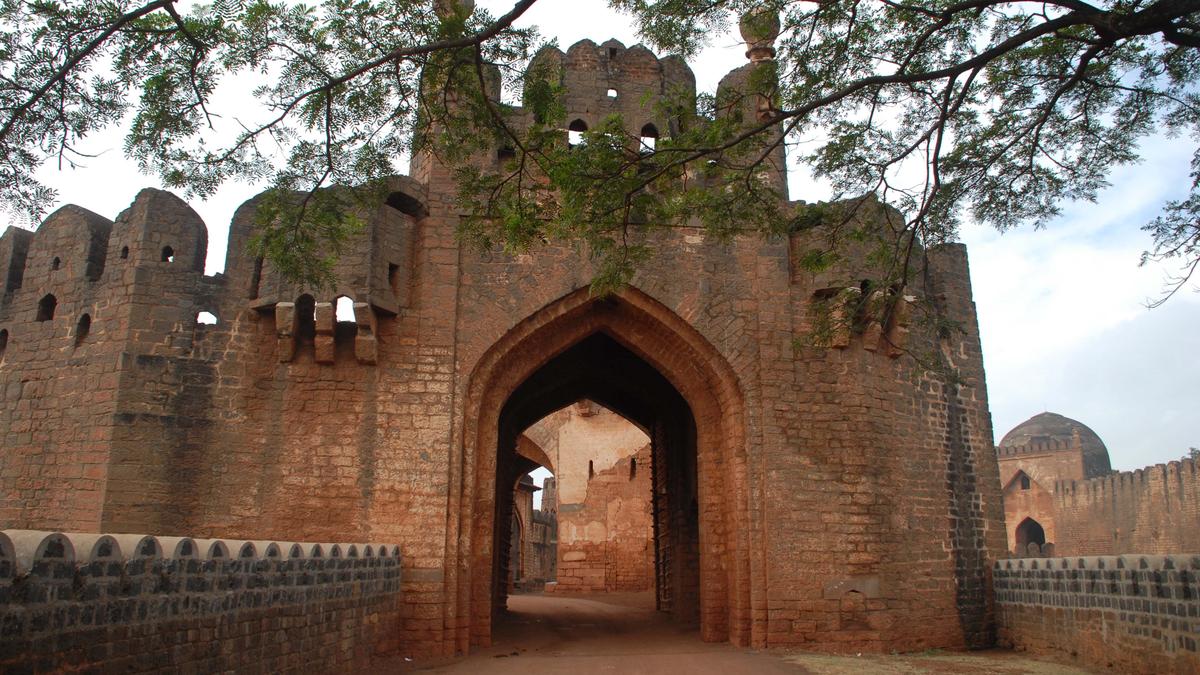
The Bahmani Sultanate, one of the most significant Islamic dynasties in medieval India, made a monumental shift in 1422 when it moved its capital from the city of Gulbarga (modern-day Kalaburagi) to Bidar, a city now known for its rich history and magnificent architectural contributions. This relocation, orchestrated under the rule of Ahmad Shah I, came at a time when the dynasty was grappling with political instability, yet it marked the beginning of an era that would witness the flourishing of Islamic culture and architectural grandeur in southern India.
Ahmad Shah I's decision to move the capital was driven not only by the political unrest in Gulbarga but also by strategic concerns, placing the Sultanate in a more secure and advantageous position. Despite the challenges, Ahmad Shah I's leadership helped stabilize the kingdom, and his rule became known for fostering both cultural and architectural excellence, making Bidar a beacon of innovation in the Bahmani dynasty.
Architectural Legacy of the Bahmani Sultanate in Bidar
Under Ahmad Shah I’s patronage, Bidar transformed into a flourishing hub of culture and architecture. The Sultan’s reign is particularly remembered for the construction of some of the most awe-inspiring buildings that have stood the test of time. Among these, the Bidar Fort is perhaps the most prominent symbol of the dynasty’s architectural prowess. Constructed with formidable defenses, the fort is known for its intricate designs, strategic placement, and grandeur, all reflecting the power and ingenuity of the Bahmani rulers.
The fort's most striking feature is its majestic entrance gates and fortified walls, complemented by the Mahmud Gawan Madrasa, an architectural marvel that played a pivotal role in the intellectual and cultural growth of the region. Named after Mahmud Gawan, the Persian scholar and statesman who was instrumental in the development of Bidar, the madrasa remains one of the most significant educational structures of the medieval Islamic world. The madrasa's intricate tile work and expansive courtyard symbolize the fusion of Persian, Turkish, and Indian architectural styles, creating a lasting impression of the Bahmani Sultanate's legacy in Bidar.
Cultural Flourishing and the Legacy of Ahmad Shah I
Although Ahmad Shah I faced considerable internal strife and challenges from factions within the Sultanate, he succeeded in creating an environment conducive to scholarly pursuits and artistic expression. Bidar became a cultural center, attracting poets, philosophers, and artisans from across the Islamic world. His reign saw the construction of several other buildings, including mosques and tombs, which blended Islamic architectural traditions with local styles, giving rise to a unique Deccan architecture.
The support of art and literature during this period resulted in the production of many works of Persian literature, contributing to the rise of Bidar as a prominent center for intellectual activities. The Bahmani rulers were particularly known for their patronage of the arts, which led to the development of the Deccan style of painting and the popularization of Persian poetry and calligraphy. The Mahmud Gawan Madrasa, in addition to its educational role, became a hub for such cultural exchanges.
The Decline and Lasting Influence
Despite its many achievements, the Bahmani Sultanate faced political turmoil after the death of Ahmad Shah I. However, his legacy continued to influence the region, particularly through the architectural masterpieces he left behind in Bidar. Even as the Sultanate eventually fragmented into the Deccan Sultanates, Bidar retained its importance as a center of culture and learning.
Today, the remnants of the Bahmani dynasty's rule, particularly in Bidar, continue to attract historians, architects, and tourists. The Bidar Fort, Mahmud Gawan Madrasa, and several tombs and mosques stand as enduring testaments to the architectural and cultural zenith of the Bahmani Sultanate under Ahmad Shah I’s reign.
....The Bahmani Sultanate, one of the most significant Islamic dynasties in medieval India, made a monumental shift in 1422 when it moved its capital from the city of Gulbarga (modern-day Kalaburagi) to Bidar, a city now known for its rich history and magnificent architectural contributions. This relocation, orchestrated under the rule of Ahmad Shah I, came at a time when the dynasty was grappling with political instability, yet it marked the beginning of an era that would witness the flourishing of Islamic culture and architectural grandeur in southern India.
Ahmad Shah I's decision to move the capital was driven not only by the political unrest in Gulbarga but also by strategic concerns, placing the Sultanate in a more secure and advantageous position. Despite the challenges, Ahmad Shah I's leadership helped stabilize the kingdom, and his rule became known for fostering both cultural and architectural excellence, making Bidar a beacon of innovation in the Bahmani dynasty.
Architectural Legacy of the Bahmani Sultanate in Bidar
Under Ahmad Shah I’s patronage, Bidar transformed into a flourishing hub of culture and architecture. The Sultan’s reign is particularly remembered for the construction of some of the most awe-inspiring buildings that have stood the test of time. Among these, the Bidar Fort is perhaps the most prominent symbol of the dynasty’s architectural prowess. Constructed with formidable defenses, the fort is known for its intricate designs, strategic placement, and grandeur, all reflecting the power and ingenuity of the Bahmani rulers.
The fort's most striking feature is its majestic entrance gates and fortified walls, complemented by the Mahmud Gawan Madrasa, an architectural marvel that played a pivotal role in the intellectual and cultural growth of the region. Named after Mahmud Gawan, the Persian scholar and statesman who was instrumental in the development of Bidar, the madrasa remains one of the most significant educational structures of the medieval Islamic world. The madrasa's intricate tile work and expansive courtyard symbolize the fusion of Persian, Turkish, and Indian architectural styles, creating a lasting impression of the Bahmani Sultanate's legacy in Bidar.
Cultural Flourishing and the Legacy of Ahmad Shah I
Although Ahmad Shah I faced considerable internal strife and challenges from factions within the Sultanate, he succeeded in creating an environment conducive to scholarly pursuits and artistic expression. Bidar became a cultural center, attracting poets, philosophers, and artisans from across the Islamic world. His reign saw the construction of several other buildings, including mosques and tombs, which blended Islamic architectural traditions with local styles, giving rise to a unique Deccan architecture.
The support of art and literature during this period resulted in the production of many works of Persian literature, contributing to the rise of Bidar as a prominent center for intellectual activities. The Bahmani rulers were particularly known for their patronage of the arts, which led to the development of the Deccan style of painting and the popularization of Persian poetry and calligraphy. The Mahmud Gawan Madrasa, in addition to its educational role, became a hub for such cultural exchanges.
The Decline and Lasting Influence
Despite its many achievements, the Bahmani Sultanate faced political turmoil after the death of Ahmad Shah I. However, his legacy continued to influence the region, particularly through the architectural masterpieces he left behind in Bidar. Even as the Sultanate eventually fragmented into the Deccan Sultanates, Bidar retained its importance as a center of culture and learning.
Today, the remnants of the Bahmani dynasty's rule, particularly in Bidar, continue to attract historians, architects, and tourists. The Bidar Fort, Mahmud Gawan Madrasa, and several tombs and mosques stand as enduring testaments to the architectural and cultural zenith of the Bahmani Sultanate under Ahmad Shah I’s reign.
By: My India Times
Updated At: 2024-11-08
Tags: karnataka News | My India Times News | Trending News | Travel News
Join our WhatsApp Channel














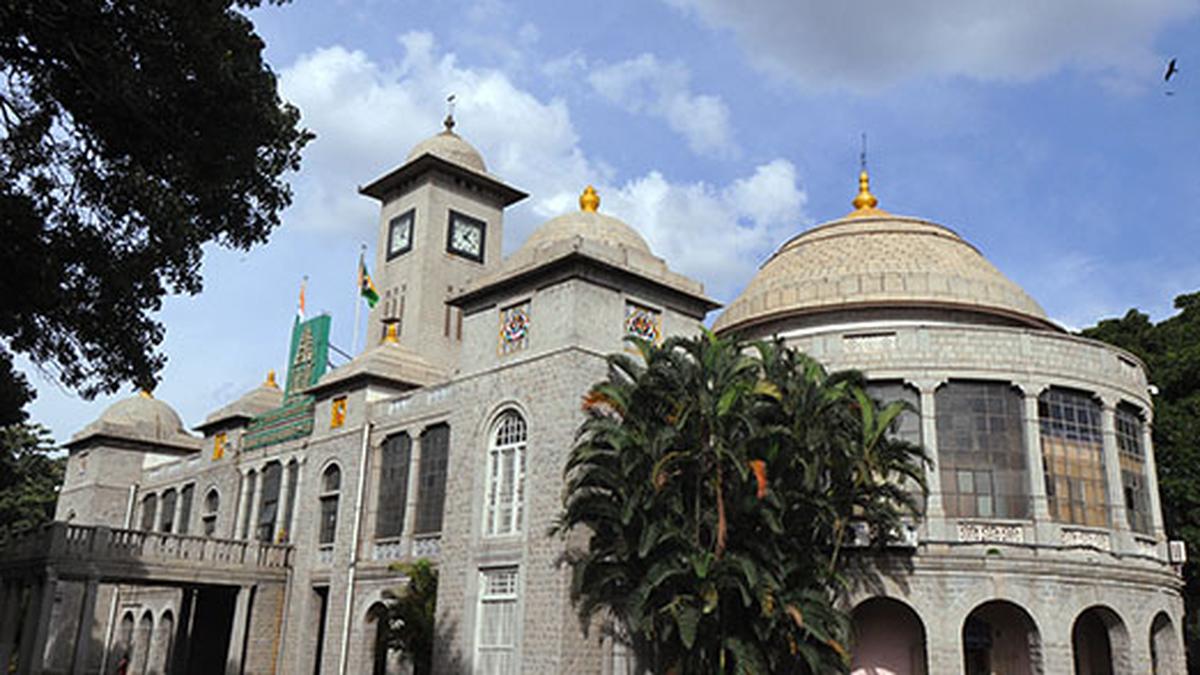
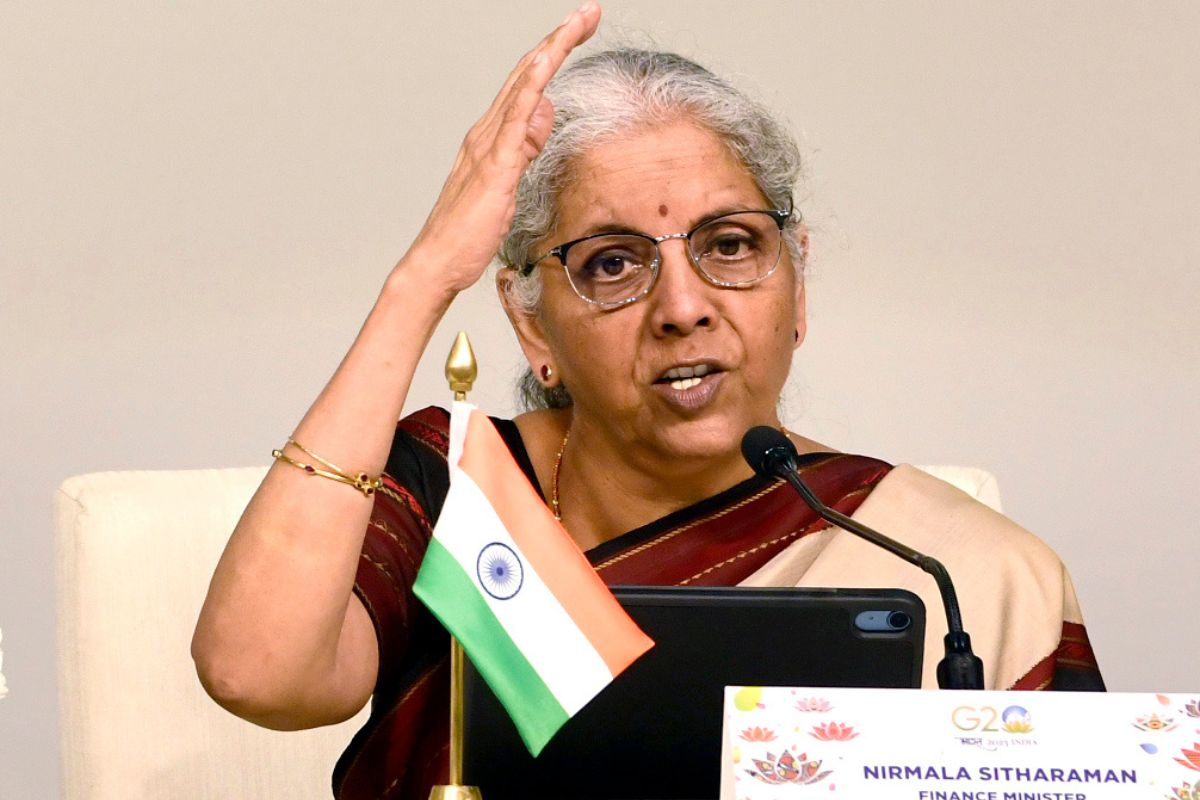























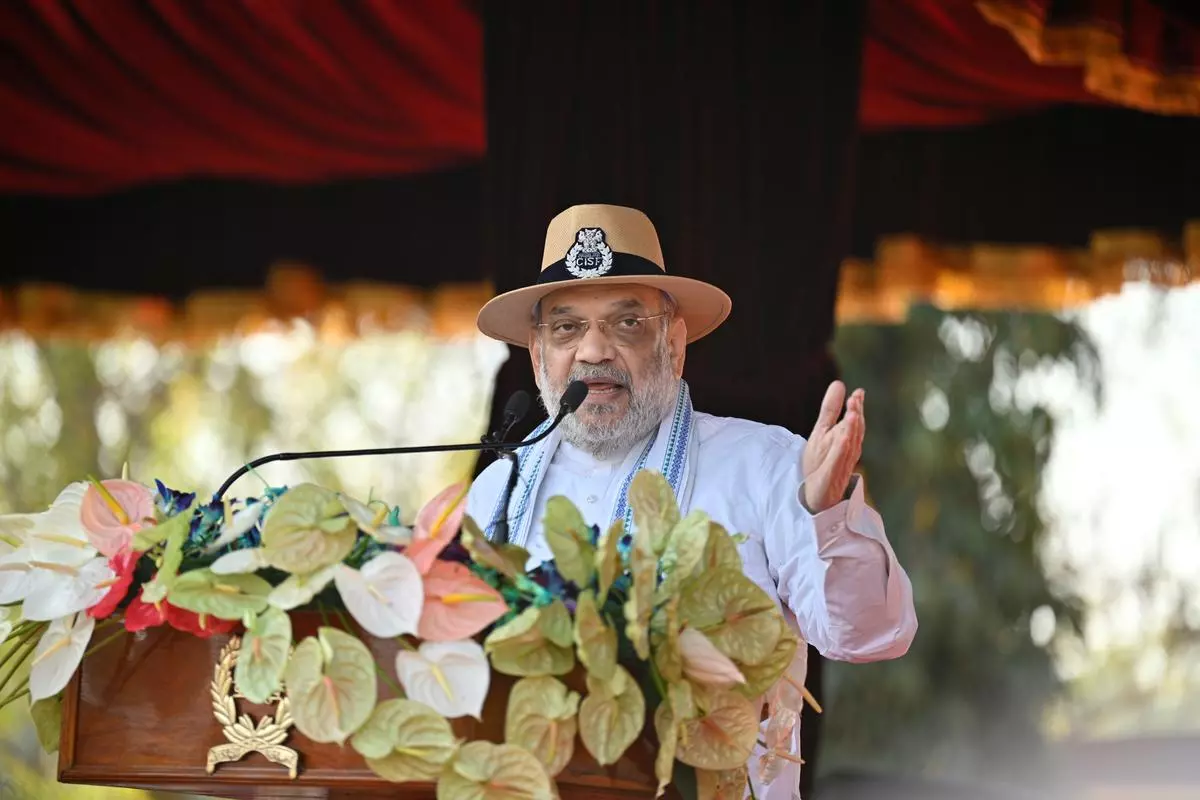




















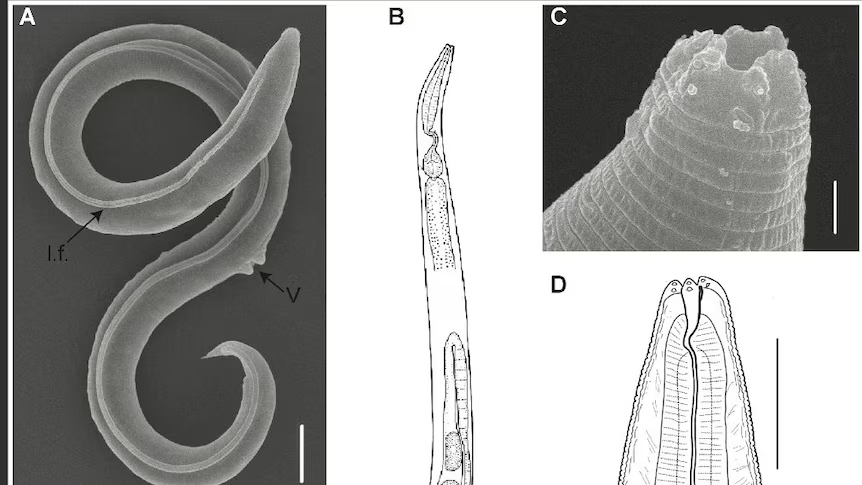







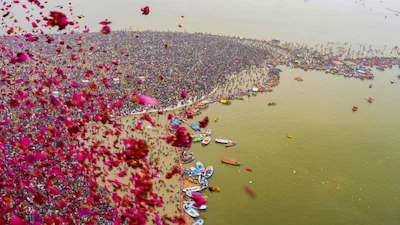





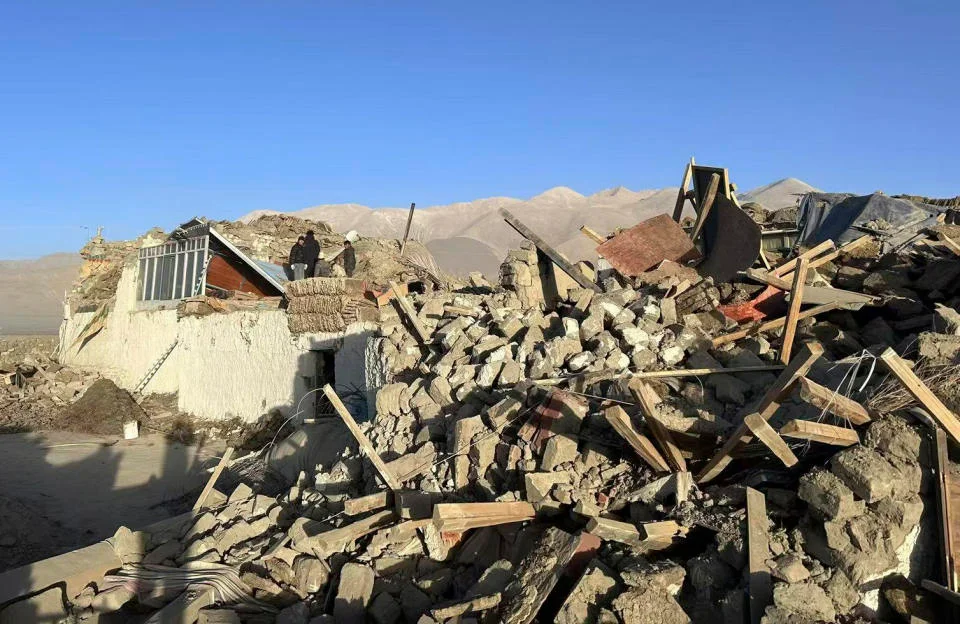



















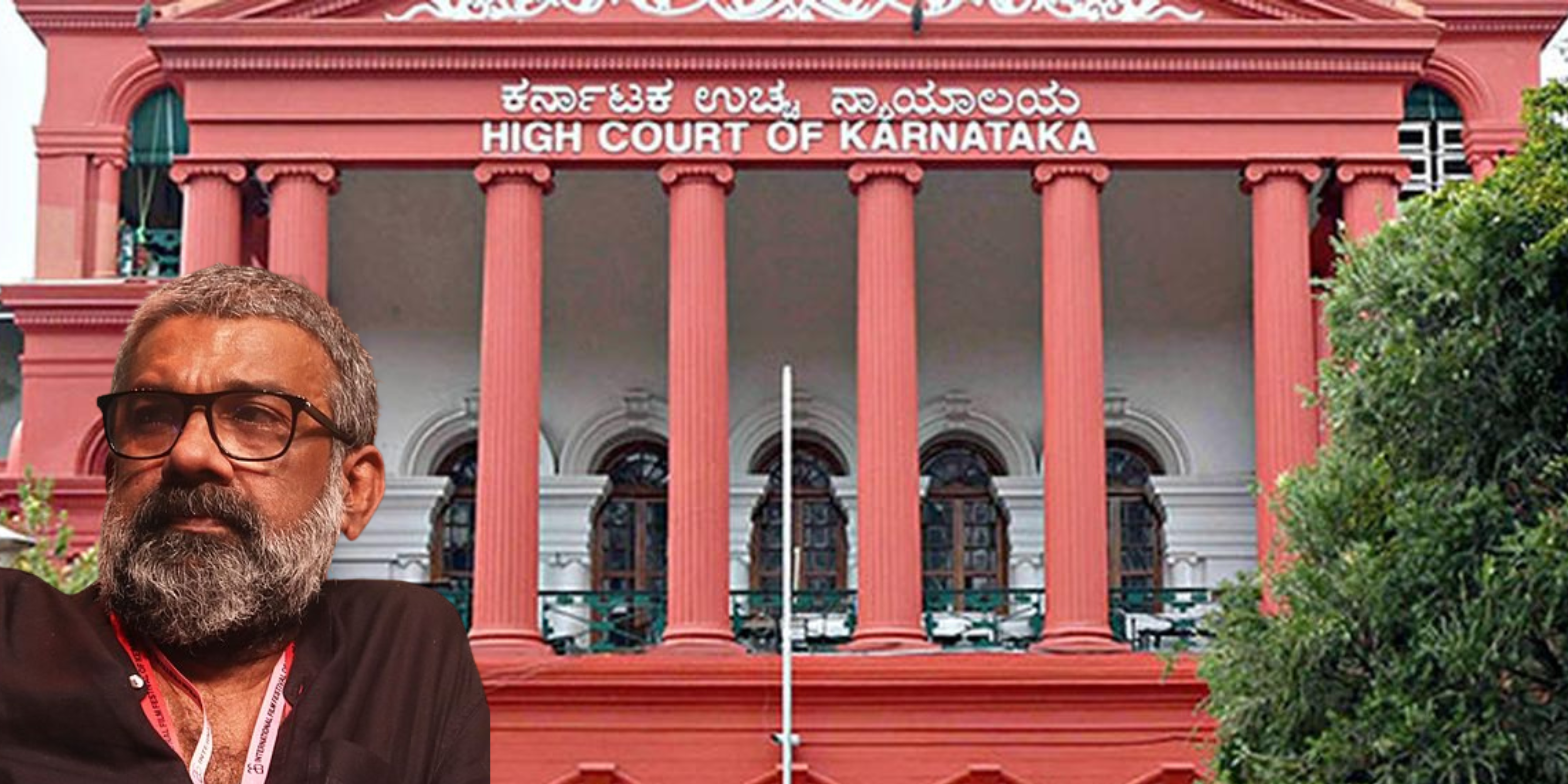


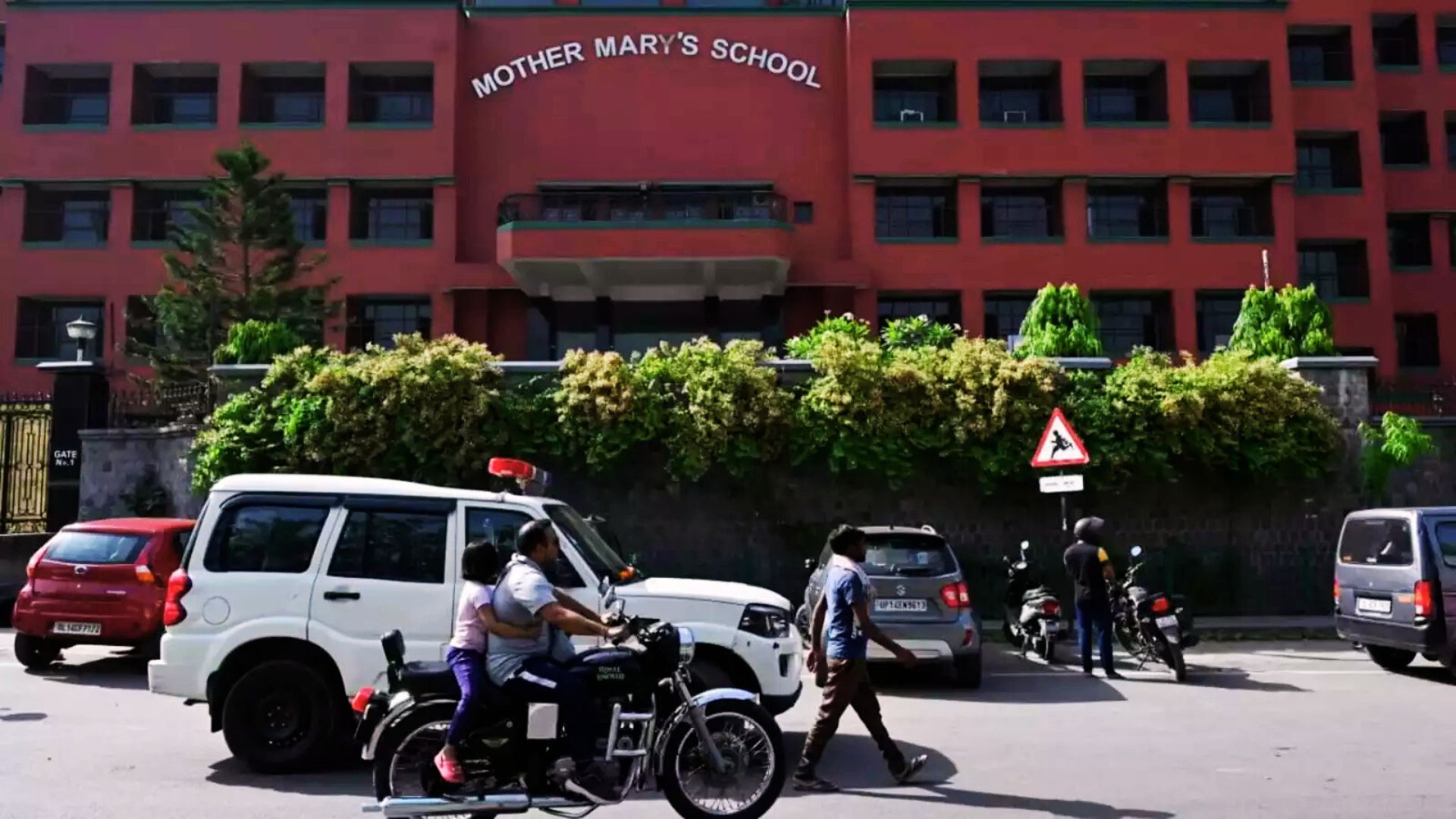

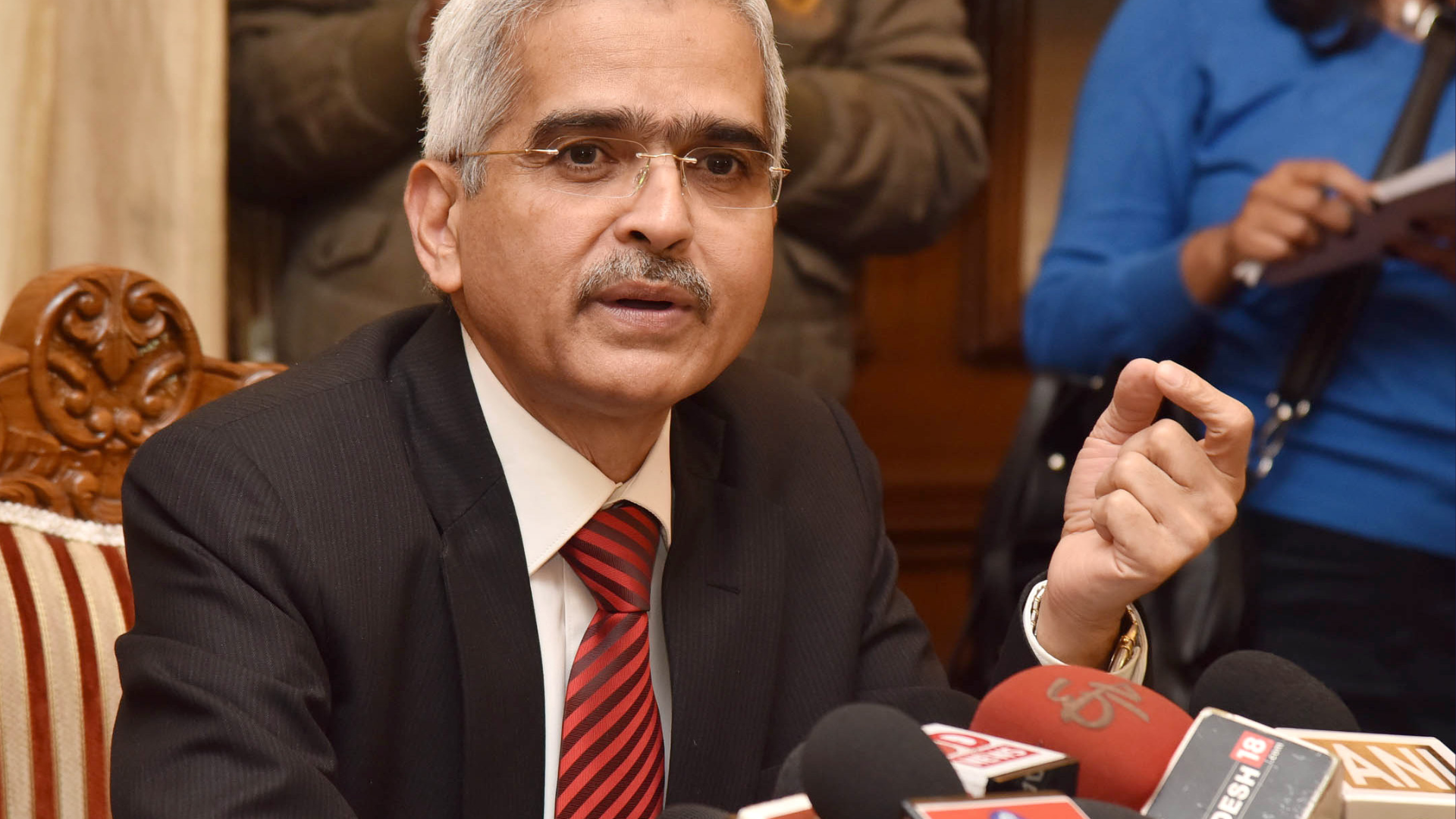







.png)
 (1).png)
